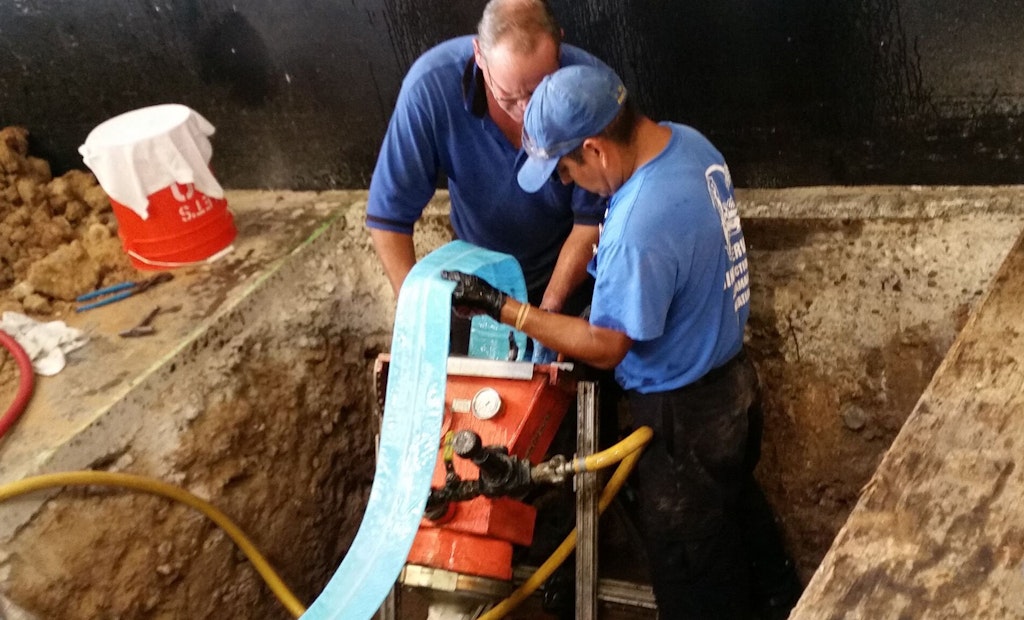Interested in Relining/Rehab?
Get Relining/Rehab articles, news and videos right in your inbox! Sign up now.
Relining/Rehab + Get AlertsI received this question recently:
“My tank inversion unit blew up on me when I added some more air pressure to get the liner to move. More pressure should get the liner to move when it stops, shouldn’t it?”
Luckily the guy didn’t suffer any physical harm by overpressurizing the tank. Exceeding the pressure applies to any device that uses air or water to invert CIPP liner into a pipe — an inversion tank, calibration tubes, liner guns or our Quik Shot system. Each manufacturer prescribes the maximum volume of pressure allowed. Some of the tank devices I’ve seen warn against pressure over 15 psi. The calibration tubes are usually homemade and 15 psi should be a safe maximum pressure to use for them as they are usually part of the tank inverters. Our Quik Shot unit calls for a maximum pressure of 30 psi.
Why should maximum pressures be established for inversion lining? There are many reasons, but the first is safety. Exceeding the pressure rating can cause the vessel you are filling to explode. Depending on where you are in relation to the portion of the vessel exploding, the debris could cause severe damage or even death.
Another reason to control the pressure in the CIPP inversion lining process is to control the stretch of the material you are inverting. Any of the material used in the CIPP lining process stretches. Anti-stretch measures can be added, but unless the material is solid, it will have the ability to stretch. If you are planning to hit a mark to end your liner, but you crank up the pressure during inversion, you will stretch beyond your planned end point.
Finally, if you crank up the pressure because your liner isn’t moving, you may have other problems. I’ve seen liner material snagged on debris or rough edges of pipe that stopped the inversion. As you add pressure to overcome this resistance, your liner may push more material against the resistance and wad up the material even more. Now your liner is curing and bunched up in a wad that you have to deal with. A conventional method of easing around those areas is to add water to the nose of the inversion or pull back a few feet of material and try inverting again at normal pressures and volumes. Overcoming these stops with increased pressure that exceeds the pressure rating of the vessel puts you in the queue for damage.
About the Author
John Heisler is the owner of Pipe Lining Supply and Quik-Lining Systems Inc. He has 20 years of experience in the CIPP lining industry and over 40 years in the underground construction industry.






